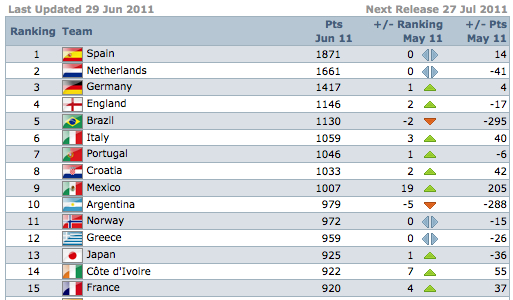USA Today has released
an accounting of university subsidies for their athletic programs. Rutgers has the unwelcomed distinction of finding itself at number one in that league table. But a closer look at the issue suggests that the it is far more complicated than just subsidization.
From USA Today:
Last year, Rutgers used nearly $27 million in university and student-fee money to balance its athletics budget. It was not unusual: Since 2006, Rutgers has spent more than $115 million to cover athletics spending, a USA TODAY analysis finds.
Also last year, Rutgers said it would withhold scheduled negotiated raises for its employees because of state funding cuts, a move expected to save $30 million.
The battle between academics and athletics is brewing nationally. Subsidies account for $1 of every $3 spent on athletics at
NCAA Division I schools. Since 2006, athletics budgets at 219
Division I public schools have increased 22%, and subsidies — the part of the budget that comes from student fees and university money — have increased 26%.
But no athletics program has matched Rutgers' subsidies; $115 million is the highest for any public school and nearly twice the subsidy of the next highest school among the power conferences — those whose football champions automatically qualify for the
Bowl Championship Series.
The fact that the athletic department subsidy at Rutgers just about exactly matched the foregone employee raises certainly won't go unnoticed and helps to explain why many faculty members at large universities abhor their athletic programs.
Of note is that many of the biggest programs -- such as Texas, LSU, Nebraska, Michigan -- operate with no subsidy. Of course,
having your own TV network helps to balance the books. But this reflects a key aspect of the issue, according to USA Today only 22 Division I athletic programs (out of
346) balanced their books.
In this sense, athletic programs are like most every other program on campus: only a select few are actually financially self-sufficient and the rest are subsidized -- by funds that come from tuition, state and federal governments and private donations. (In fact, college athletics are
not so different from professionals in this respect, but I digress.) Further, a lot of these funds are moved around campus from revenue generating sources to revenue depleting sources. And there is little evidence to suggest that many people are troubled by these transfers.
So when faculty members complain about the athletic program receiving a subsidy from other parts of their campus, the odds are that their own salary is heavily subsidized as well. The deeper questions go to the role of the modern university and the place of athletics in it, versus other priorities, issues that I'll be revisiting here on a frequent basis.
Note: According to the USA Today data, my university -- Colorado -- has a relatively low level of subsidy for its athletic program, about $7.3 million in 2010 or 15% of the athletic program budget. And faculty here have not seen raises for the past 3 years.








